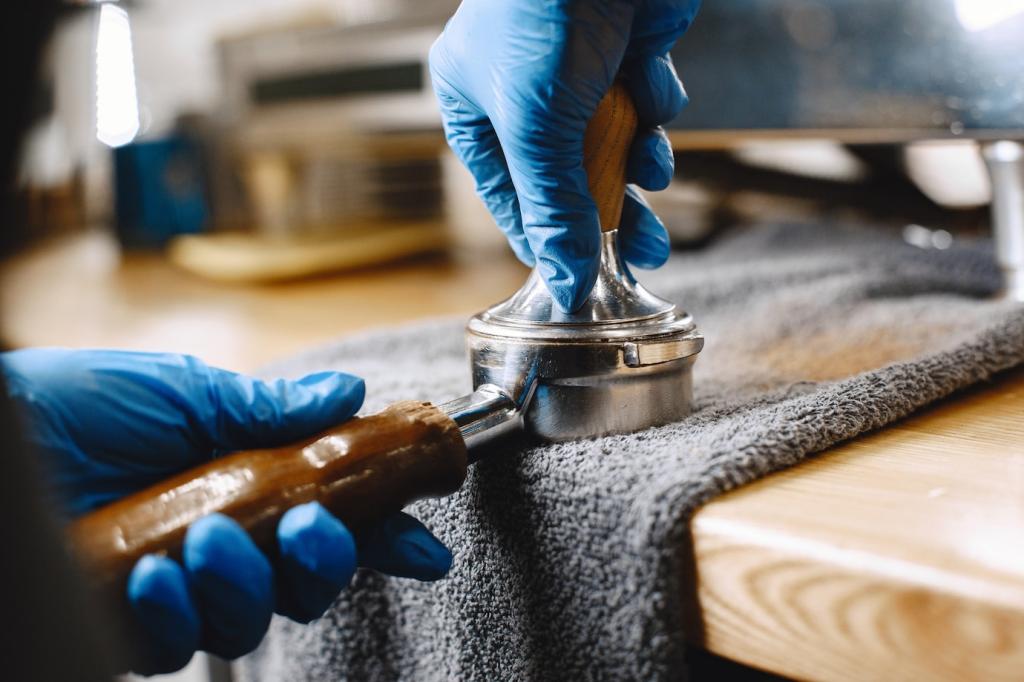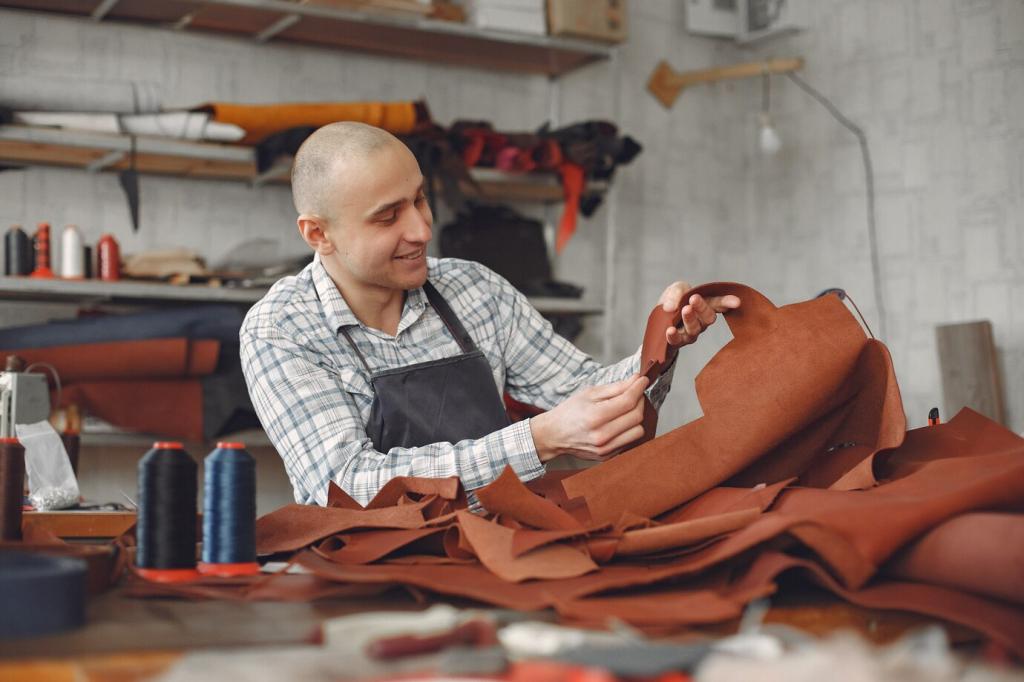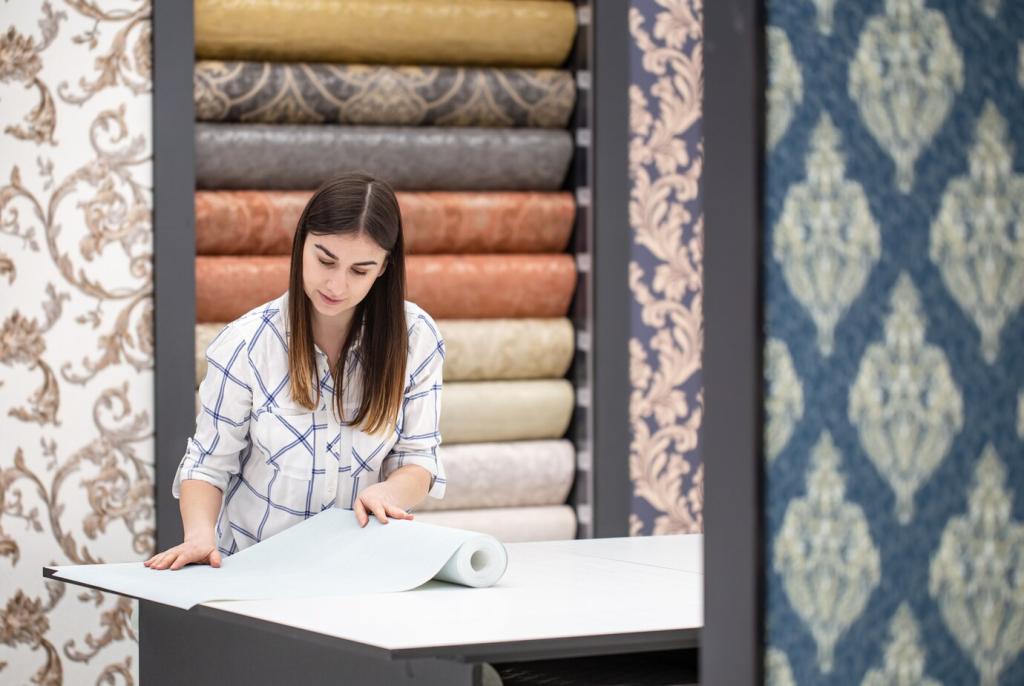
Soft Furniture in Indigenous Cultures: Comfort Woven With Meaning
Chosen theme: Soft Furniture in Indigenous Cultures. Step into a world where cushions, mats, pelts, and blankets are not just objects, but living carriers of story, skill, and belonging. Read, reflect, and join our community by sharing your experiences and subscribing for future journeys.
Where Comfort Begins: Origins and Everyday Life
The floor as a gathering place
Across many Indigenous communities, floor-level seating on mats, pelts, and cushions creates a shared eye line, encouraging conversation, laughter, and learning. When you sit close to the ground, stories travel faster, and children can climb into the circle more easily.
Seasonal layers and adaptive warmth
Soft furniture is often layered according to season: plant-fiber mats in humid summers, thick wool blankets and hides when frost returns. This rhythm respects climate and materials, reminding us comfort is responsive, not fixed, and always guided by place.
A grandmother’s whāriki lesson
A Māori grandmother once described her first whāriki mat as a patient teacher. She learned to read flax with her fingers, to pause when the strands whispered resistance, and to invite family to sit, talk, and add their stories to the woven surface.
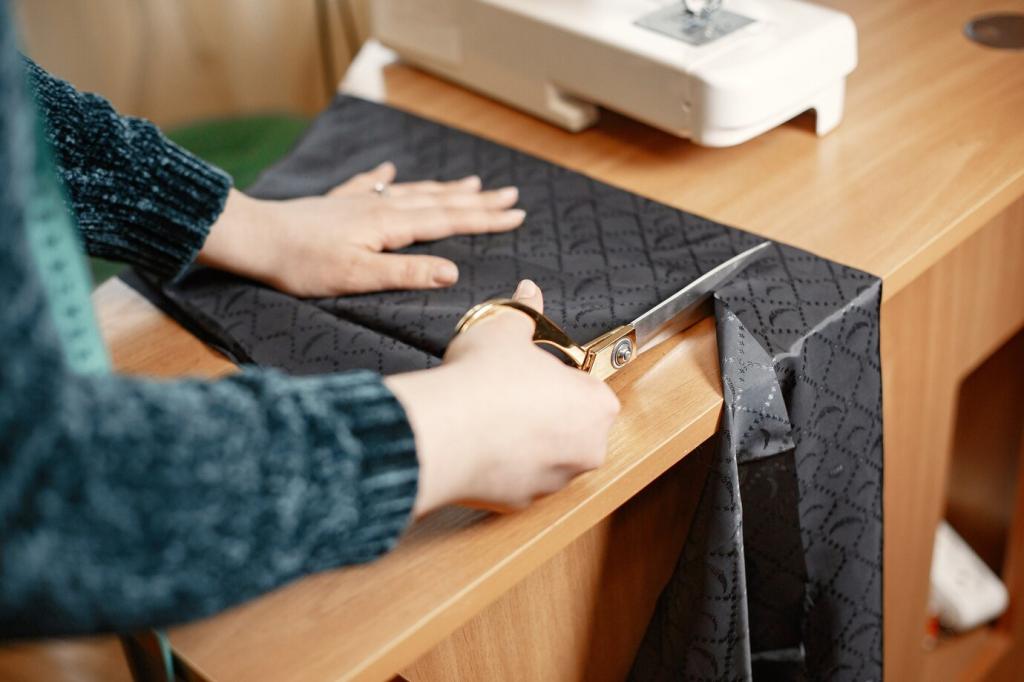
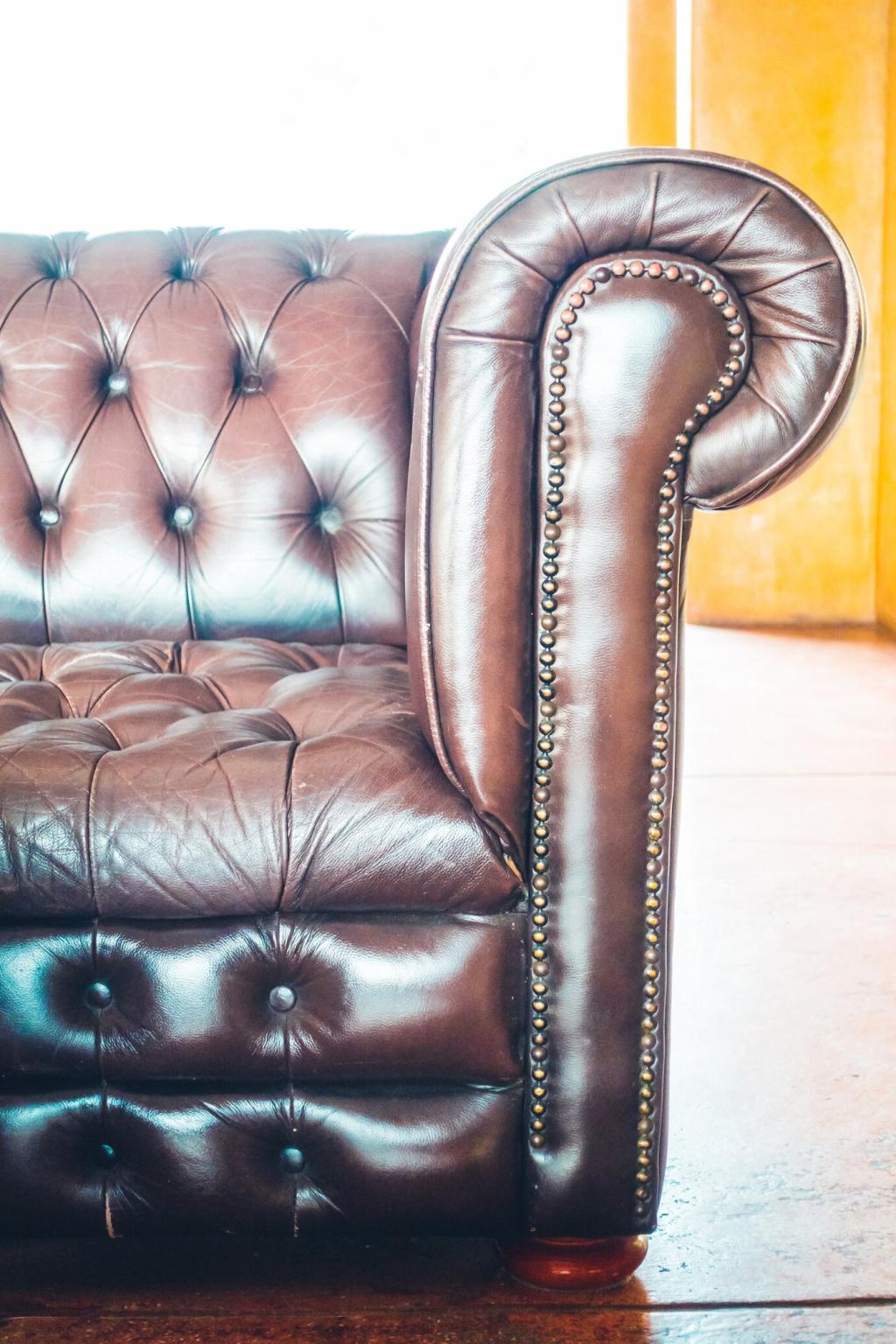
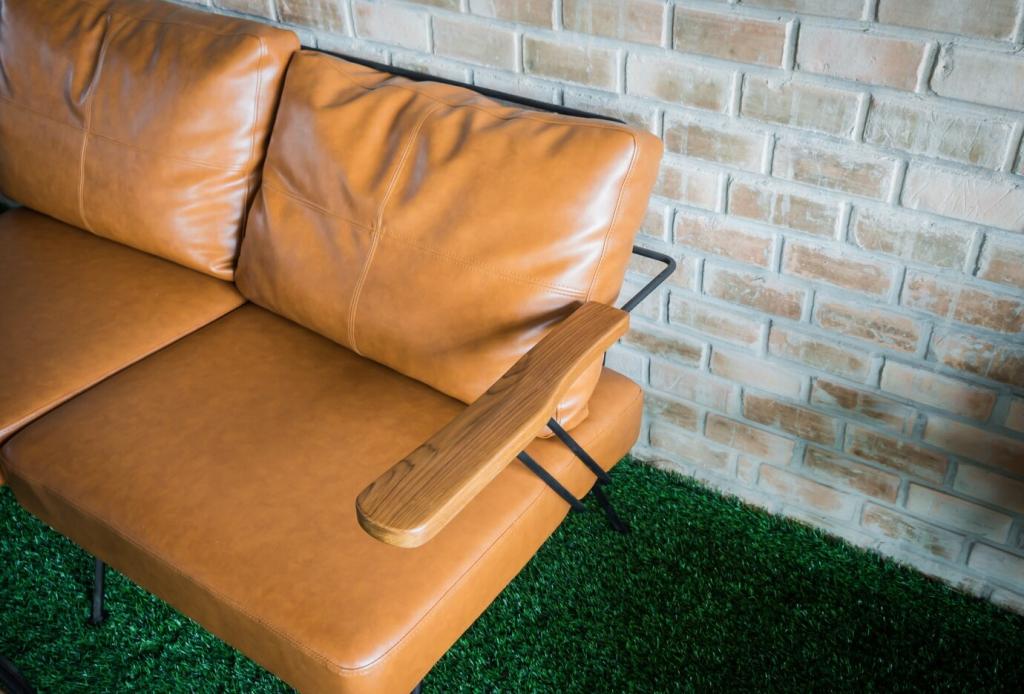
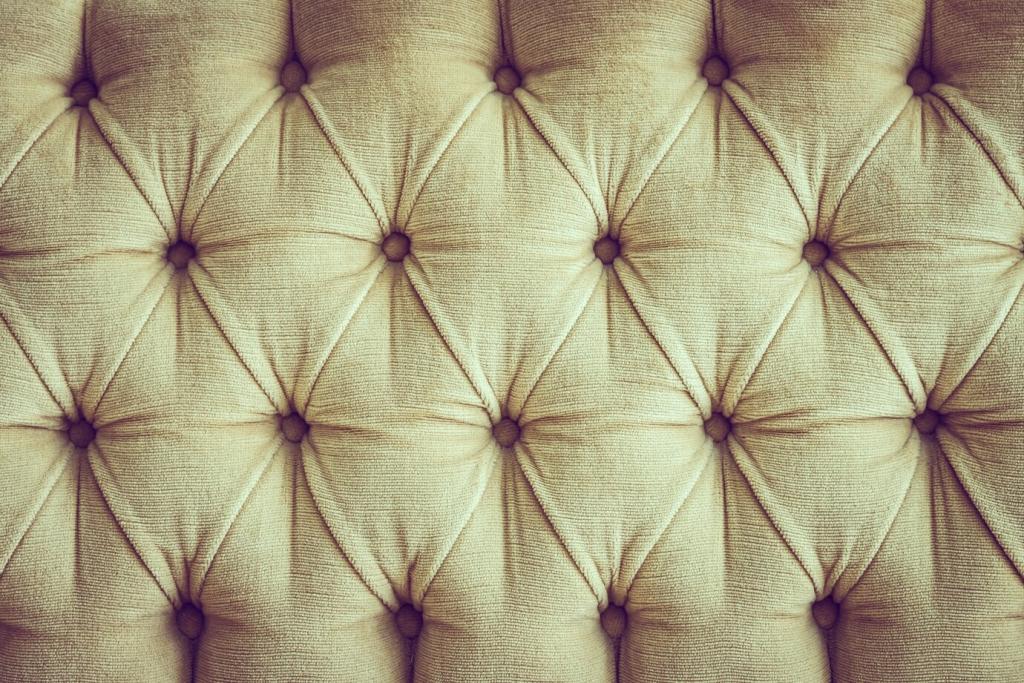
Mats that set the stage
In parts of Polynesia, mats may be unrolled for honored visitors, signaling care and dignity. Texture becomes etiquette: where you sit, how you sit, and when you rise are choreographies learned through practice and guided by elders’ quiet instruction.
Patterns that speak without words
Motifs woven into blankets and cushions reference lineages, places, and stories. Even when meanings are not spoken openly, design choices signal relationship and responsibility. Reading a pattern requires humility, listening, and permission to hear what is shared.
Care as ceremony
Cleaning, storing, and mending are ceremonial acts. Pelts are aired under watchful eyes; mats are rolled with prayers; blankets are folded along remembered creases. Maintenance keeps objects ready for gatherings and honors the hands that first shaped them.

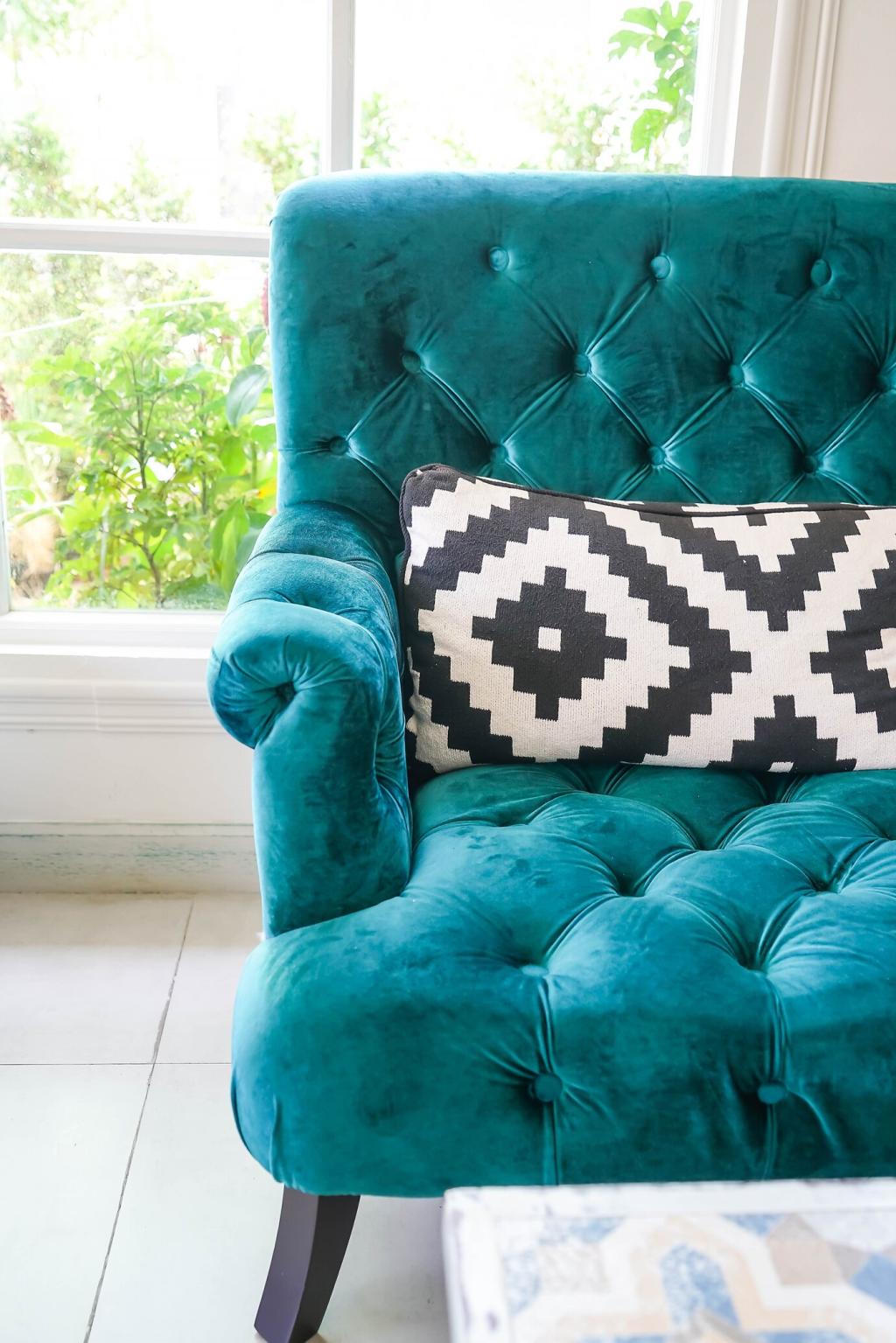
Field Notes: Three Places, Three Soft Traditions
In Sápmi, reindeer hides create warm, breathable layers over spruce boughs inside the lávvu. A herder explained how rotating hides, brushing hair grain, and drying them after snow keep sleeping platforms springy, clean, and welcoming through long, dark winters.
Field Notes: Three Places, Three Soft Traditions
In Samoan homes, finely woven fala mats unfold for meals, storytelling, and ceremony. A family elder described the mat as a living relative—rolled with respect, unrolled for connection, and thickened over years by carefully patching frayed edges with practiced hands.
Design Lessons for Today’s Homes
Ask what grows or grazes near you. Could local wool, responsibly harvested reeds, or reclaimed linens become cushions or mats? Selecting materials by place reduces transport emissions, supports local economies, and deepens your home’s connection to surrounding landscapes.
Design Lessons for Today’s Homes
Design removable covers, modular stuffing, and stitch paths you can reopen. Think in layers: summer mats over winter pelts, blankets stacked by need. Invite ongoing adaptation so comfort improves with use, rather than degrading toward disposal.
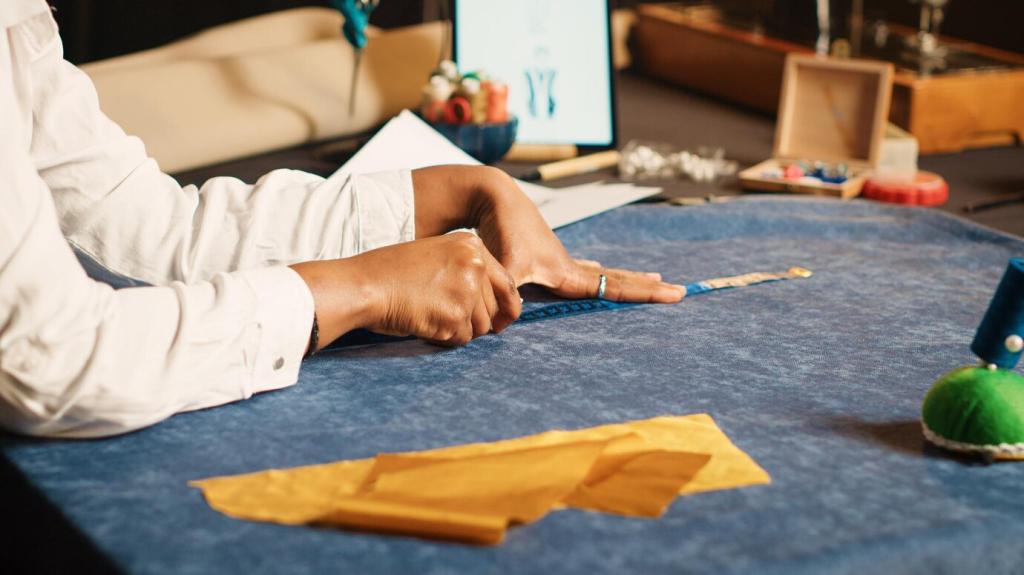

Permissions matter
Before documenting or adapting techniques, ask culture bearers what is shareable and what must remain within community. Some patterns, materials, and uses are restricted. Clear permission protects heritage and prevents your project from becoming a careless appropriation.
Support artisans and fair partnerships
Buy directly from makers when possible, or from verified fair-trade groups. If you co-design, agree on authorship, payment, and future benefits. Ethical comfort means the people creating softness experience dignity, income, and recognition.
Make, Reflect, and Share Your Journey
Draft a cushion using locally sourced fabric, plant-stuffed batting, and a removable cover for easy airing. Document your sources, credit teachers, and share progress photos. Ask readers for feedback on stitching durability and comfort after two weeks of daily use.
Make, Reflect, and Share Your Journey
Track where fibers came from, how they were processed, and which repairs worked. Reflection turns mistakes into mentors. Invite others in the comments to list their favorite fibers and subscribe to swap patterns, mending tips, and seasonal layering ideas.
